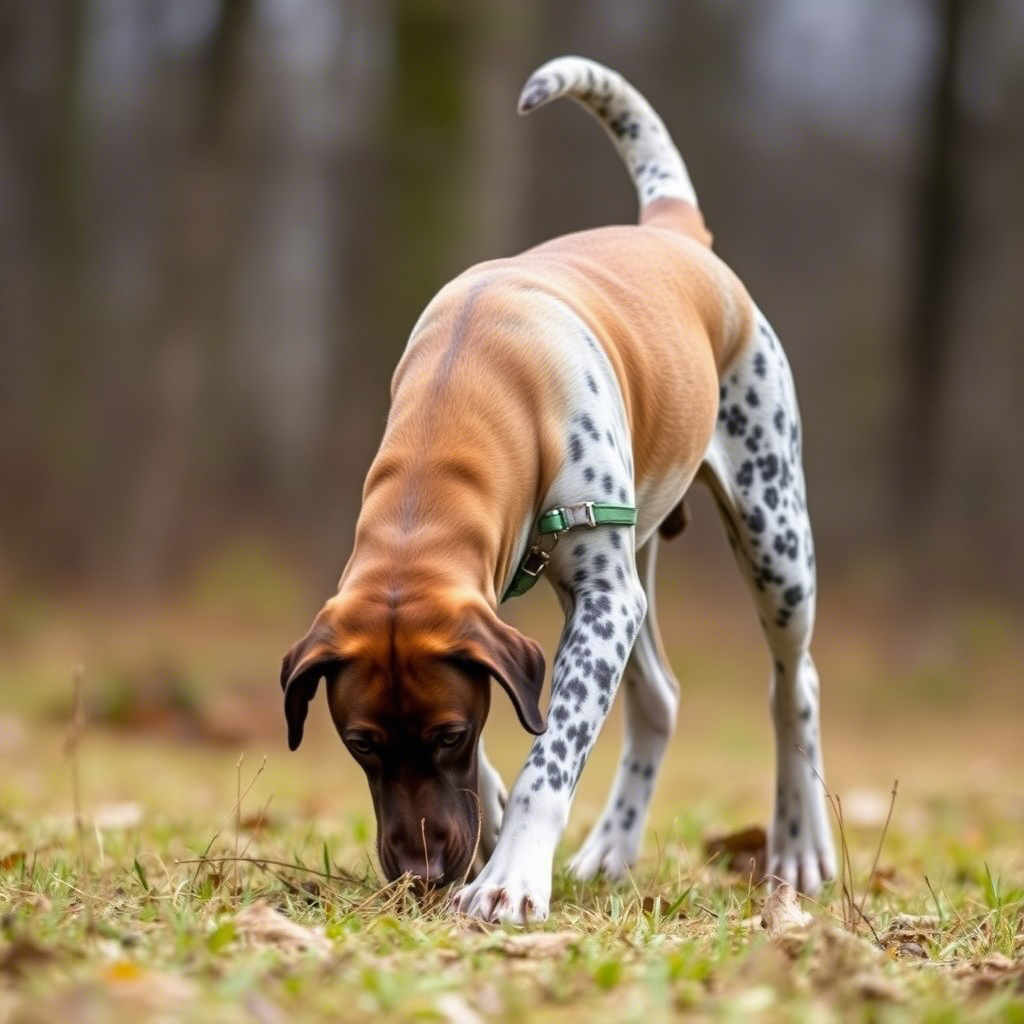How to Train a Hunting Dog: A Comprehensive Guide for Success
Hunting dogs are invaluable companions for hunters, offering unmatched skills in tracking, retrieving, and flushing game. Whether you’re a seasoned hunter or a beginner looking to train your first hunting dog, understanding the process is crucial to building a strong partnership with your canine companion. In this guide, we’ll walk you through everything you need to know about training a hunting dog , from foundational obedience to advanced fieldwork.
Why Training Your Hunting Dog Matters
A well-trained hunting dog can make all the difference in the field. These dogs are bred for specific tasks like pointing, retrieving, or scent tracking, but their natural instincts need to be honed through proper training. Without it, even the most talented dog may struggle to perform effectively. Training not only enhances your dog’s abilities but also strengthens the bond between you and your furry partner.
Step-by-Step Guide to Training a Hunting Dog
1. Start with Basic Obedience Training
Before diving into specialized hunting skills, ensure your hunting dog has mastered basic commands such as “sit,” “stay,” “come,” and “heel.” These commands form the foundation of any successful training program.
- Use positive reinforcement techniques like treats, praise, and toys to encourage good behavior.
- Practice in a distraction-free environment before gradually introducing distractions to test your dog’s focus.
2. Socialize Your Dog Early
Exposing your hunting dog to various environments, people, and other animals will help them remain calm and focused during hunts. Socialization reduces fear and anxiety, which is critical when working in unpredictable outdoor settings.
- Take your dog to parks, forests, or open fields.
- Introduce them to different surfaces, sounds, and scents they might encounter while hunting.

3. Introduce Scent Work
One of the most important skills for a hunting dog is its ability to track scents. Start by teaching your dog to identify specific smells associated with game animals.
- Begin with simple scent games using treats or toys hidden around your yard.
- Gradually progress to more complex scenarios that mimic real-life hunting conditions.
4. Teach Retrieving Skills
For breeds like Labradors or Golden Retrievers, retrieving is a key skill. Teach your hunting dog to fetch objects gently and return them to you promptly.
- Use dummy launchers or bumpers to simulate retrieving birds or small game.
- Reinforce soft-mouth behavior to prevent damage to prey.
5. Practice Field Commands
Once your dog has mastered basic obedience, introduce commands specific to hunting situations, such as “point,” “flush,” or “retrieve.”
- Use consistent verbal cues and hand signals to communicate clearly.
- Reward your dog immediately after they execute a command correctly.
6. Simulate Real-Life Scenarios
To prepare your hunting dog for actual hunts, create realistic training exercises. This could include setting up mock hunting grounds with decoys or practicing in areas where wildlife is present (but always follow local regulations).
- Simulate gunshots to desensitize your dog to loud noises if applicable.
- Practice long-distance recalls to ensure your dog returns reliably.

Tips for Successful Hunting Dog Training
- Be Patient : Every dog learns at its own pace. Avoid rushing the process and celebrate small victories along the way.
- Use Positive Reinforcement : Punishment-based methods can harm your relationship with your dog and hinder progress.
- Stay Consistent : Use the same commands and routines every time to avoid confusing your dog.
- Prioritize Health and Fitness : Ensure your hunting dog is physically fit and healthy enough to handle rigorous training sessions.
- Seek Professional Help if Needed : If you’re struggling, consider enrolling your dog in a professional training program or consulting an experienced trainer.
also see discover worlds of dogs
Common Mistakes to Avoid When Training a Hunting Dog
- Skipping foundational training: Jumping straight into advanced skills without mastering basics can lead to frustration for both you and your dog.
- Overtraining: Pushing your dog too hard can cause burnout or injury. Balance training with rest and playtime.
- Ignoring breed-specific traits: Different breeds excel at different types of hunting. Tailor your training approach to suit your dog’s natural abilities.
Choosing the Right Breed for Hunting
Not all dogs are suited for hunting, so selecting the right breed is essential. Popular choices include:
- Labrador Retrievers : Known for their excellent retrieving skills and friendly temperament.
- German Shorthaired Pointers : Versatile hunters capable of pointing, retrieving, and tracking.
- Beagles : Exceptional scent hounds ideal for rabbit and hare hunting.
- Brittanys : Agile and energetic pointers perfect for upland game.
Research each breed’s strengths and weaknesses to find the best match for your hunting style.
check also become dog groomer
Final Thoughts
Training a hunting dog requires dedication, patience, and a deep understanding of your dog’s unique needs. By following these steps and maintaining a positive, consistent approach, you’ll develop a loyal and skilled hunting companion who thrives in the field. Remember, the journey of training a hunting dog is just as rewarding as the results—it’s an opportunity to strengthen the bond between you and your four-legged friend.
Ready to get started? Grab your gear, head outdoors, and begin shaping your hunting dog into the ultimate partner for your next adventure!
3 Responses